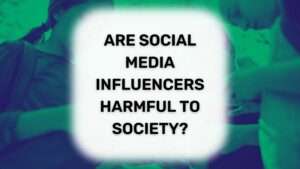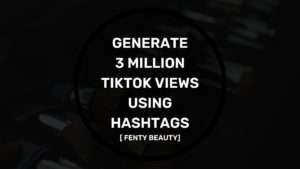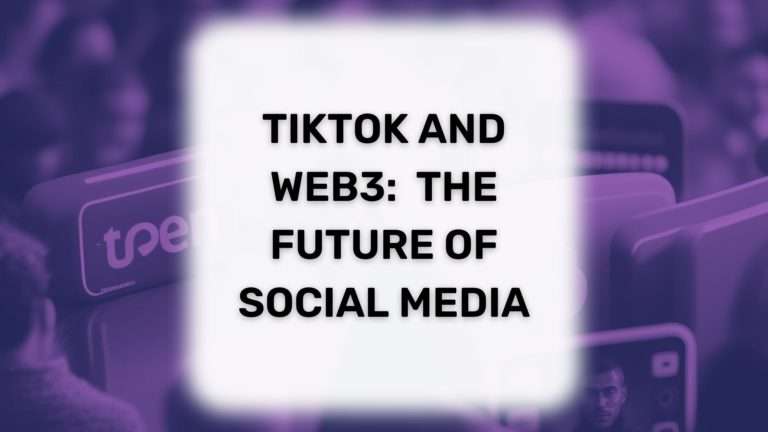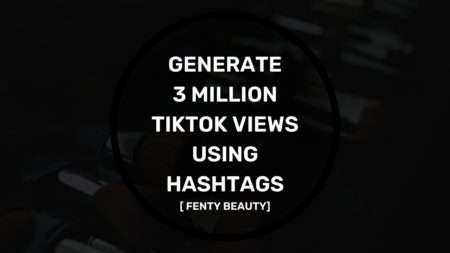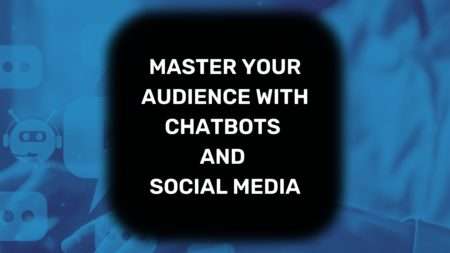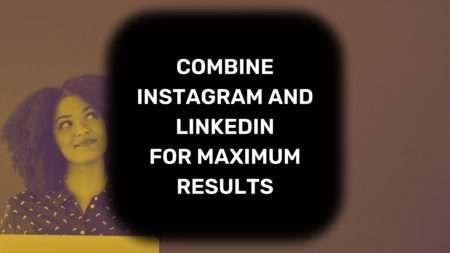What you’ll learn…
Introduction
In today’s digital age, social media has become an integral part of our daily lives, and platforms like TikTok and Web3 are at the forefront of this revolution. TikTok is a short-form video-sharing platform that has taken the world by storm, with over 1 billion active users globally. On the other hand, Web3 is the next evolution of the internet, providing a decentralized and secure platform for users to create and exchange value.
The integration of TikTok and Web3 has the potential to revolutionize the way we interact with social media. By combining the unique features of TikTok with the decentralized nature of Web3, we can create a more immersive and secure user experience. Moreover, the integration of these two platforms can provide new opportunities for content creators, influencers, and businesses to monetize their content and reach a wider audience.
Understanding Web3
Web3 is the next evolution of the internet, providing a decentralized and secure platform for users to create and exchange value. It is built on blockchain technology, which allows for the creation of decentralized applications (dApps) and smart contracts.
Comparison with Web2
Web2, which is the current state of the internet, is centralized and controlled by a few big tech companies. These companies have the power to collect user data, censor content, and control the flow of information. In contrast, Web3 is decentralized, meaning that no single entity has control over the platform. This provides users with more privacy, security, and control over their data and online interactions.
Key Features of Web3
Decentralization
Web3 is decentralized, meaning that it is not controlled by a single entity. This provides users with more privacy, security, and control over their data.
Interoperability
Web3 allows for interoperability between different blockchain networks, making it easier for users to exchange value across different platforms.
Smart Contracts
Web3 uses smart contracts, which are self-executing contracts with the terms of the agreement between buyer and seller being directly written into lines of code. This allows for trustless and secure transactions.
Tokenization
Web3 enables tokenization, which allows for the creation of digital assets that can represent real-world assets or have intrinsic value. This provides new opportunities for value creation and exchange.
Web3 is still in its early stages, but it has the potential to transform the way we interact with the internet and create new opportunities for innovation and value creation. The integration of Web3 with social media platforms like TikTok can provide new opportunities for content creators, influencers, and businesses to monetize their content and reach a wider audience.
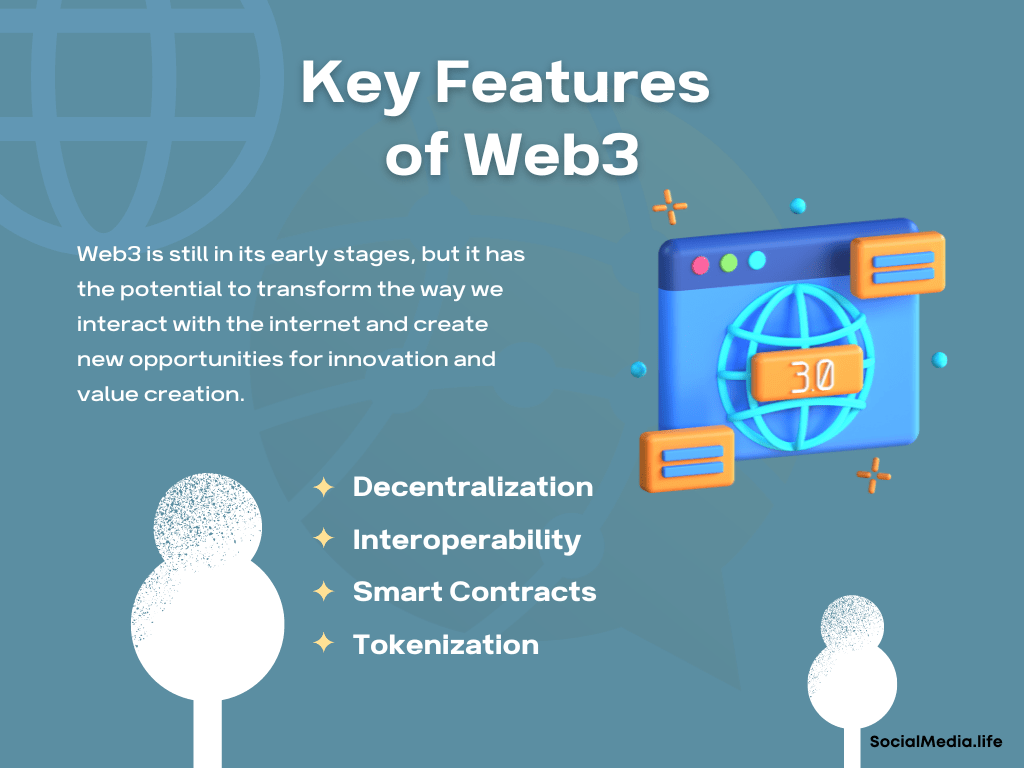
Understanding TikTok
TikTok is a short-form video-sharing platform that allows users to create and share videos with a global audience. It was launched in 2016 by ByteDance, a Chinese tech company, and has since become one of the most popular social media platforms in the world, with over 1 billion active users globally.
Key Features of TikTok
Short-form videos
TikTok’s videos are typically between 15 and 60 seconds long, making them easy to consume and share.
Music and sound
TikTok’s library of music and sound effects allows users to add a unique soundtrack to their videos, making them more engaging and entertaining.
Filters and effects
TikTok’s extensive library of filters and effects allows users to enhance their videos and make them more creative and visually appealing.
User-generated content
TikTok relies heavily on user-generated content, making it a highly engaging and interactive platform.
Comparisons with Other Social Media Platforms
TikTok’s unique features set it apart from other social media platforms like Facebook, Instagram, and Twitter. While these platforms rely on text and images to communicate, TikTok’s short-form videos and user-generated content make it a more immersive and entertaining platform. Additionally, TikTok’s algorithmic feed, which recommends videos based on a user’s viewing history, has made it easier for new users to discover and engage with content on the platform.
Benefits of Integrating TikTok and Web3
The integration of TikTok and Web3 has the potential to revolutionize social media and provide users with a range of benefits, including:
Enhanced User Experience
Web3 technology can enhance the user experience on TikTok by providing seamless integration with other decentralized applications. For instance, users could access their favorite decentralized applications directly from TikTok, without having to switch to another platform or application.
Decentralization of Content
The integration of TikTok and Web3 could decentralize content and eliminate the control of centralized platforms over the distribution of content. This would give users greater control over their content and enable them to reach a wider audience without being subject to centralized censorship.
Increased Security
Web3 technology uses blockchain to provide increased security and privacy to users. By integrating Web3 technology into TikTok, users’ personal data could be protected through the use of decentralized identity solutions, secure storage, and encrypted communication channels.
Monetization Opportunities
The integration of TikTok and Web3 could also create new monetization opportunities for content creators. For instance, users could monetize their content through the use of non-fungible tokens (NFTs), which are unique digital assets that can be bought and sold on blockchain networks.
The integration of TikTok and Web3 has the potential to provide users with a range of benefits, including an enhanced user experience, decentralized content, increased security, and new monetization opportunities. However, there are also some challenges that need to be addressed, such as the technical complexity of integrating Web3 technology and the need to balance decentralization with regulation.
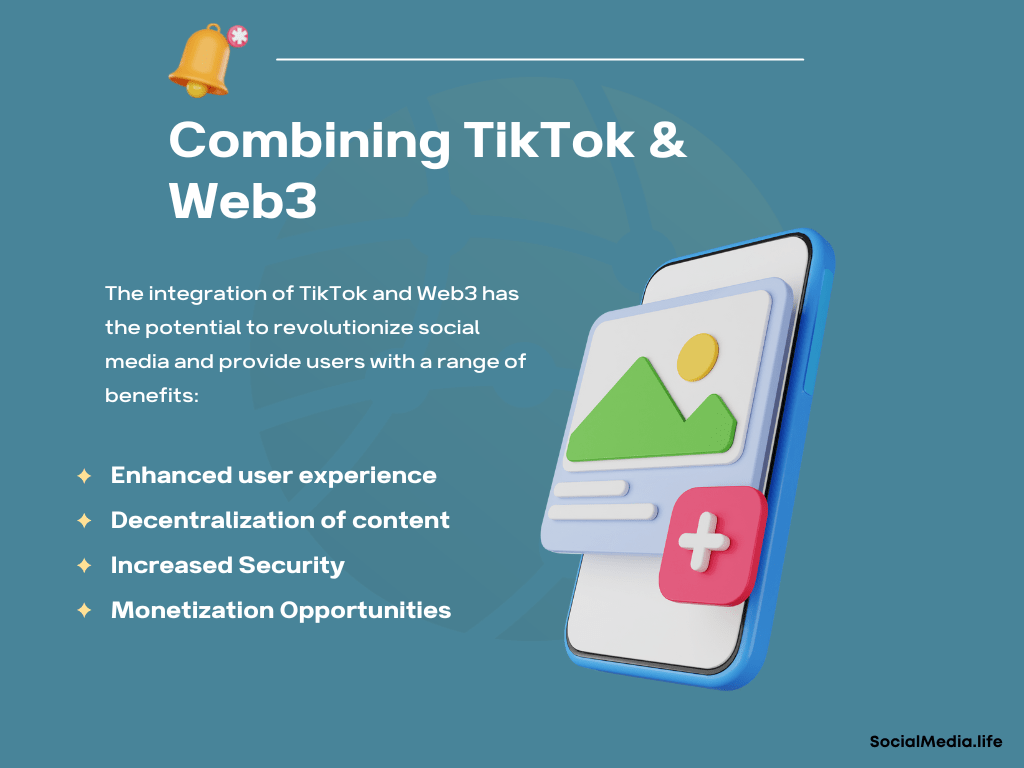
Successful Examples of TikTok and Web3 Integration
As Web3 technology continues to evolve, TikTok is beginning to incorporate this emerging tech into its social media platform. Here are some examples of successful TikTok and Web3 integration:
NFTs on TikTok
Non-Fungible Tokens (NFTs) are digital assets that have unique identifying codes and are verified on a blockchain. TikTok has become a popular platform for NFT creators to showcase their work and engage with their audiences. One notable example is the artist Trevor Jones, who sold an NFT artwork on TikTok for over $100,000.
Web3-powered influencer marketing campaigns on TikTok
Influencer marketing has become a major industry on social media, and TikTok is no exception. With Web3 technology, influencers can now leverage their followings and monetize their content more easily. One example is the startup Audius, which has partnered with TikTok influencers to promote its Web3-powered music streaming platform.
Collaborations between TikTok and Web3 startups
TikTok has also collaborated with Web3 startups to explore the possibilities of blockchain and decentralized content creation. An example of this is the partnership between TikTok and Immutable X, a Layer 2 scaling solution for Ethereum. In August 2021, TikTok announced a collaboration with Immutable X to explore ways to integrate blockchain technology into its platform.
As part of the collaboration, TikTok and Immutable X planned to launch a series of NFTs on the platform, starting with a collection of limited-edition animated stickers. The NFTs were designed to be environmentally friendly, using Immutable X’s Layer 2 scaling solution to significantly reduce the carbon footprint of each transaction.
The partnership aimed to explore the potential of blockchain technology to enhance user engagement and monetization on TikTok, while also addressing some of the environmental concerns associated with traditional NFTs. The collaboration demonstrated the growing interest in Web3 technologies among mainstream social media platforms like TikTok, and the potential for blockchain to reshape the future of social media.
These successful examples demonstrate the potential of TikTok and Web3 integration. As more creators and startups adopt this technology, we can expect to see even more innovative uses of Web3 on the popular social media platform.
Challenges of TikTok and Web3 Integration
While the integration of TikTok and Web3 presents significant benefits, there are also several challenges that must be overcome. In this section, we will discuss some of the key challenges facing the integration of these two technologies.
Technical challenges
The technical challenges associated with TikTok and Web3 integration are significant. The decentralized nature of Web3 and the need for secure, scalable infrastructure means that significant technical expertise is required to ensure that the integration is successful. Additionally, TikTok’s algorithms and content moderation policies may need to be adapted to accommodate Web3-based content.
User adoption challenges
As with any new technology, user adoption is a significant challenge. While TikTok has a large user base, many of these users may not be familiar with Web3 or may be hesitant to engage with it. Education and awareness campaigns may be necessary to encourage users to adopt Web3-based content on TikTok.
Legal and regulatory challenges
The legal and regulatory landscape around Web3 is still evolving, and there is a risk that regulatory uncertainty could slow down the integration of TikTok and Web3. Additionally, the use of NFTs on TikTok raises legal and ethical questions around copyright and ownership of digital assets.
Overall, while there are challenges associated with TikTok and Web3 integration, the potential benefits are significant, and with careful planning and execution, these challenges can be overcome.
Future of Social Media with TikTok and Web3 Integration
With the integration of TikTok and Web3, the future of social media is poised to see significant changes. These changes include the emergence of new business models, new ways of content creation and consumption, and changes in user behavior and expectations.
New Business Models
One of the most exciting aspects of TikTok and Web3 integration is the emergence of new business models. The decentralization of content and the ability to monetize content through NFTs and other blockchain-based technologies will allow for new revenue streams for both creators and platforms. This will enable new players to enter the market, which could lead to greater competition and innovation.
New Ways of Content Creation and Consumption
The integration of TikTok and Web3 will also lead to new ways of content creation and consumption. Web3’s decentralized and interoperable nature will enable users to create and distribute content across multiple platforms seamlessly. Additionally, NFTs and other blockchain-based technologies will enable creators to monetize their content in ways previously impossible, leading to the creation of more diverse and high-quality content.
Changes in User Behavior and Expectations
Finally, the integration of TikTok and Web3 will lead to changes in user behavior and expectations. Users will become more aware of their data privacy and security, leading to a greater demand for decentralized and transparent platforms. Additionally, users will expect greater control over their content, including the ability to monetize it and control how it is distributed.
TikTok and Web3 integration has the potential to revolutionize the social media landscape. The benefits of enhanced user experience, decentralization of content, increased security, and monetization opportunities are significant. While there are technical, user adoption, and legal and regulatory challenges to overcome, the opportunities for innovation and growth are vast. With the emergence of new business models, new ways of content creation and consumption, and changes in user behavior and expectations, the future of social media looks bright with TikTok and Web3 integration.
Next steps…
The combination of TikTok’s massive user base and Web3’s advanced features can create a new level of engagement and monetization opportunities. As we’ve seen in successful examples, NFTs, Web3-powered influencer campaigns, and collaborations between TikTok and Web3 startups have already shown promising results.
To stay updated on the latest developments in TikTok and Web3 integration, it’s essential to follow industry news, attend webinars and conferences, and engage with experts in the field. The integration of TikTok and Web3 is not a passing trend, but rather a significant shift that will shape the future of social media. It’s an opportunity that should not be missed.

